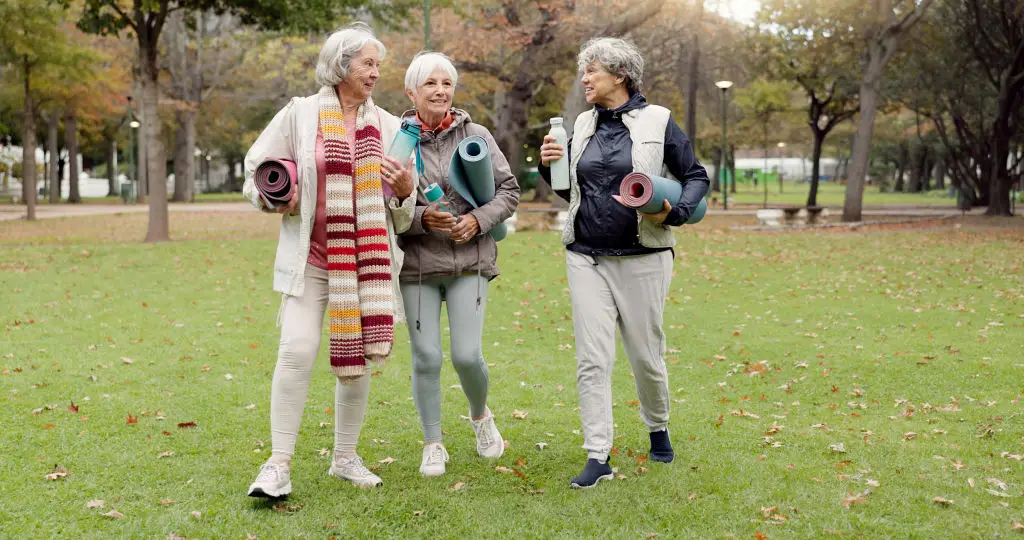SAD Secrets: 5 Daily Habits That Naturally Boost Your Mood When the Days Get Shorter
3. Mood-Boosting Nutrition—Eating Well for Emotional Resilience

Food is more than fuel—it’s a daily chance to nourish your resilience, especially when winter edges in. Experts like registered dietician Mary-Jo Sawyer recommend turning to nutrient-dense foods that specifically support mood: think bright berries, dark leafy greens, heart-healthy fish, crunchy nuts, and the occasional square of dark chocolate. These choices help steady blood sugar and encourage the brain’s feel-good chemicals, including serotonin. While it’s tempting to reach for starchy or sugary “comfort” foods on long, cold nights, these can actually intensify symptoms of SAD once the initial sweetness fades. Instead, find joy in creative swaps: a bowl of oatmeal topped with berries and almonds, a hearty salad with smoked salmon, or even roasted sweet potatoes for a cozy side. If you love baking, experiment with naturally sweetened treats or add extra greens to your favorite dishes. Nutrition habits aren’t about restriction—they’re a gentle way of showing your mood and body the care they deserve while still savoring what brings you comfort.
4. Gentle Movement—Embracing Daily Activity for a Lightened Mood

Imagine movement as a friendly companion rather than a grueling obligation—this shift alone can transform how you experience exercise during darker days. Studies cited by the Mental Health Foundation and organizations like YourTango show regular physical activity can cut depression risk by up to 30%. The good news? You don’t need long gym sessions or personal trainers. Activities like yoga, pilates, or even light stretching are enough to send powerful, mood-lifting signals throughout the body. A brisk walk outdoors, bundled up against the chill, offers double benefits: physical activity and the healing touch of natural light. Choose routines you truly enjoy or that fit comfortably into your day—maybe a dance in the kitchen as dinner simmers or slow stretches before bed. For those with mobility limitations, gentle chair exercises or upper-body stretches offer similar rewards. The real “secret” isn’t how hard you push, but how consistently (and kindly) you move. Celebrate every chance you give yourself to breathe, flow, and reconnect body with mind.
